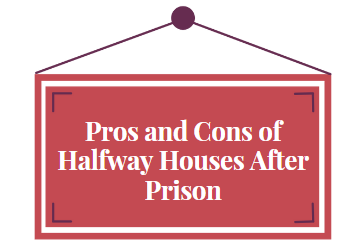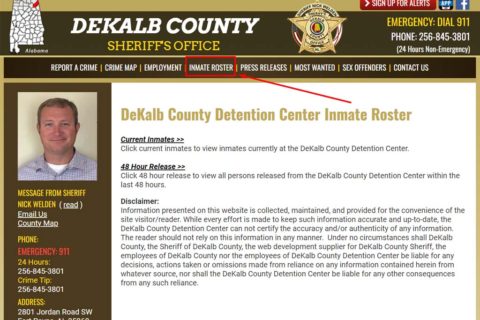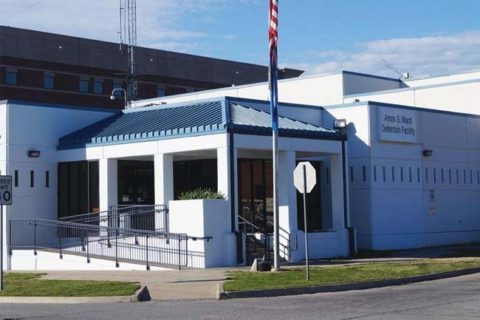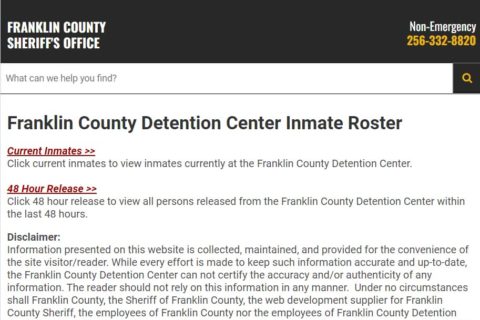If someone with addiction has been released from prison, living in a halfway house is such a perfect choice. With a structured and supported environment, a halfway house really helps released inmates transition from prison to re-enter their society, so that ex-prisoners would be ready before facing the challenge of being re-accepted in society.
Even though the halfway houses have a lot of benefits, but there are also some cons that you may need to consider before going to one. If you have a plan to go to a halfway house, it would be better for you to identify the pros and cons of a halfway house. Okay, let’s dive into our post below!

Pros of Halfway Houses
There are some pros of a halfway house that you need to know, here are they:
-
- Helping young men or women reach and maintain long-term sobriety while in the early stages when having a transitional residence to move into.
- Provide a drug and alcohol-free environment for residents to practice a quiet life.
- Helping maintain regular routines and avoiding temptations which might cause lapse and relapse.
- Encouraging residents to attend weekly outpatient programs.
- Helping reduce the risks of lapses and relapse.
- A lot of halfway houses offer short-term lease options as short as a week.
- Some houses offer flexible payment plants to help young men with financial difficulties.
- Help ease the transition from a rehabilitation program to being able to return home and maintain a mindful lifestyle.
- Some halfway houses offer age and gender restrictions.
Cons of Halfway Houses
There are some cons of a halfway house that you need to know, here are they:
-
- Some halfway houses are commonly used for homeless people and of course it can house recently released inmates.
- Some halfway houses may be co-ed. It means that both men and women will live in the same house, but men and women have separate sleeping areas.
- Some halfway house residents might have been court-ordered to live in the home for a set period.
- Some halfway houses might be government-run facilities.
- Some halfway houses do not accept insurance, due to the fact that they cannot be accredited or certified by the state.
- Halfway houses may have overcrowding issues in certain cities.
- Halfway houses are often set up dorm-style with bunk beds and up to 4 people sharing a single bedroom.
- Amenities and options beyond residency requirements will be rather limited.
- Medical or psychiatric staff will be commonly unavailable at the home.
- Inability to deal with lapse and relapses.
What Is Halfway House and Who Can Live In?
Basically, a halfway house is a facility providing residents with more than a place to live, but they can work on peace. Well, those homes actually offer residents the chance to access group and individual therapy, medical, education, psychiatric service, etc.
Some halfway houses allow residents to pass a drug screening and breathalyzer test, since they are not equipped to deal with withdrawal symptoms or delirium tremens. So far, those facilities are ideal for people who have already gone through a medical detox and most likely, an inpatient or outpatient treatment program.
Talking about the length of stay will vary, but most people will stay anywhere between three to twelve months. Moreover, the length of stay will also give them enough time to secure a steady job and feel confident in their sobriety.
Of course, many people who have already obtained benefits from living in a halfway house. If you are also struggling with addiction, homelessness or mental illness, a halfway house can be a great choice for you, since it offers stability and support to get back on your path and live in your society independently.
It is known that a halfway house is often used as a step down from inpatient treatment or to transition from jail back into society. Aside from that, a halfway house can also be a beneficial stepping stone for those who are re-entering society.
With a safe and supportive environment, residents can have access to resources that they need to transition back into everyday life successfully. Additionally, a halfway house is intended to provide a structured environment where released inmates can return to work and increase their skills.
What Are the Rules of Living in a Halfway House?
Of course, it is common for you to consider transitioning to a halfway house or sober living facility when you have completed your initial rehab treatment for substance misuse. In fact, they are often not ready to go back to their society and face their daily routines, making them having mental issues again.
Basically, a halfway house offers residency for people who really want to maintain a structured routine while they continue to work on their recovery. Of course, they will be able to look for work, volunteer or even return to the job that they had before rehab.
Of course, there are some rules that residents should meet to live in a halfway house. The rules can seem rather strict. To help ensure a stable environment for everyone, the residents should meet the following rules:
-
- Mandatory drug or alcohol testing
- Everyone contributes to maintaining the home
- No violence or fighting is tolerated
- No stealing
- No stealing from others
- Curfews are enforced
- Every resident should attend group meetings
- Residents have to work, volunteer, or actively seek employment
In the event a resident violates the house rules, they should move out, sometimes have to immediately or return to detox if they lapse or relapse. The consequences of rule violations are commonly included in the terms of the residents contract that all residents sign when moving in.
How Does the Structure of Halfway House Work?
Most halfway houses actually operate under strict contracts. If someone violates those rules, It means that they relapse and will be sent back to detox under this agreement. Moreover, they also have house meetings, breathalyzer tests, random drug tests, and community support meetings which everyone must attend.
Well, the structure of those programs is to assist people maintain sobriety and halfway houses can really accommodate both drug addicts and alcoholics. However, they are typically not co-ed.
A halfway house is ideally most effective when incorporating 12-step programs such as Alcoholics Anonymous or Narcotics Anonymous. However, these organizations really have a number of pros and cons for halfway house residents.

A bookworm and researcher especially related to law and citizenship education. I spend time every day in front of the internet and the campus library.




